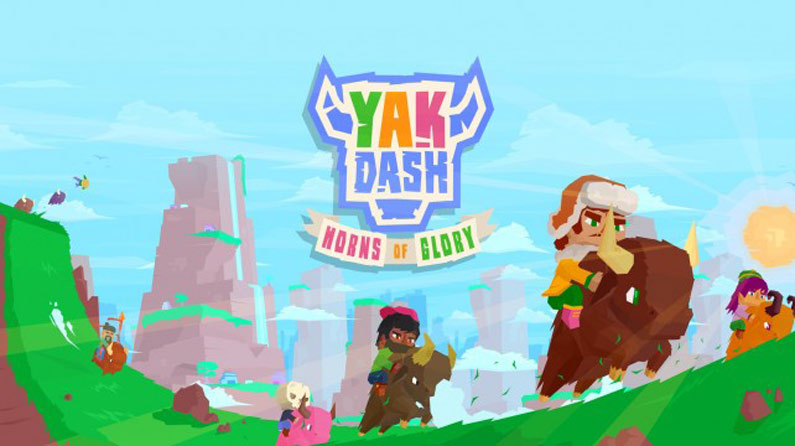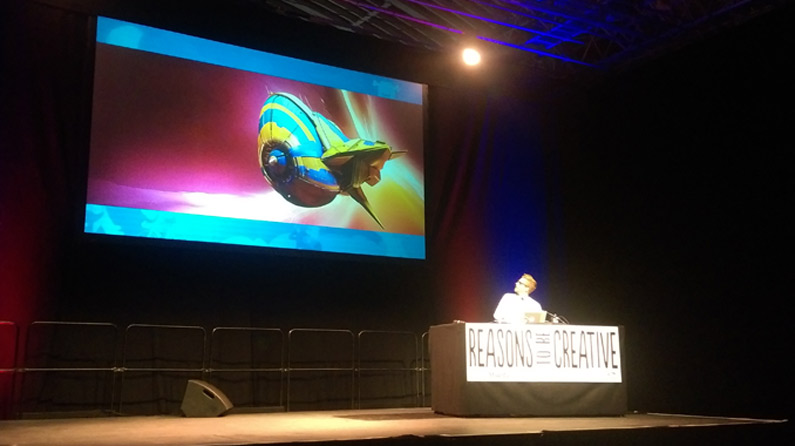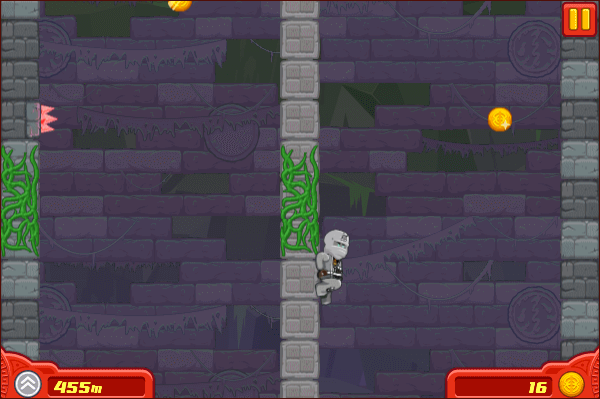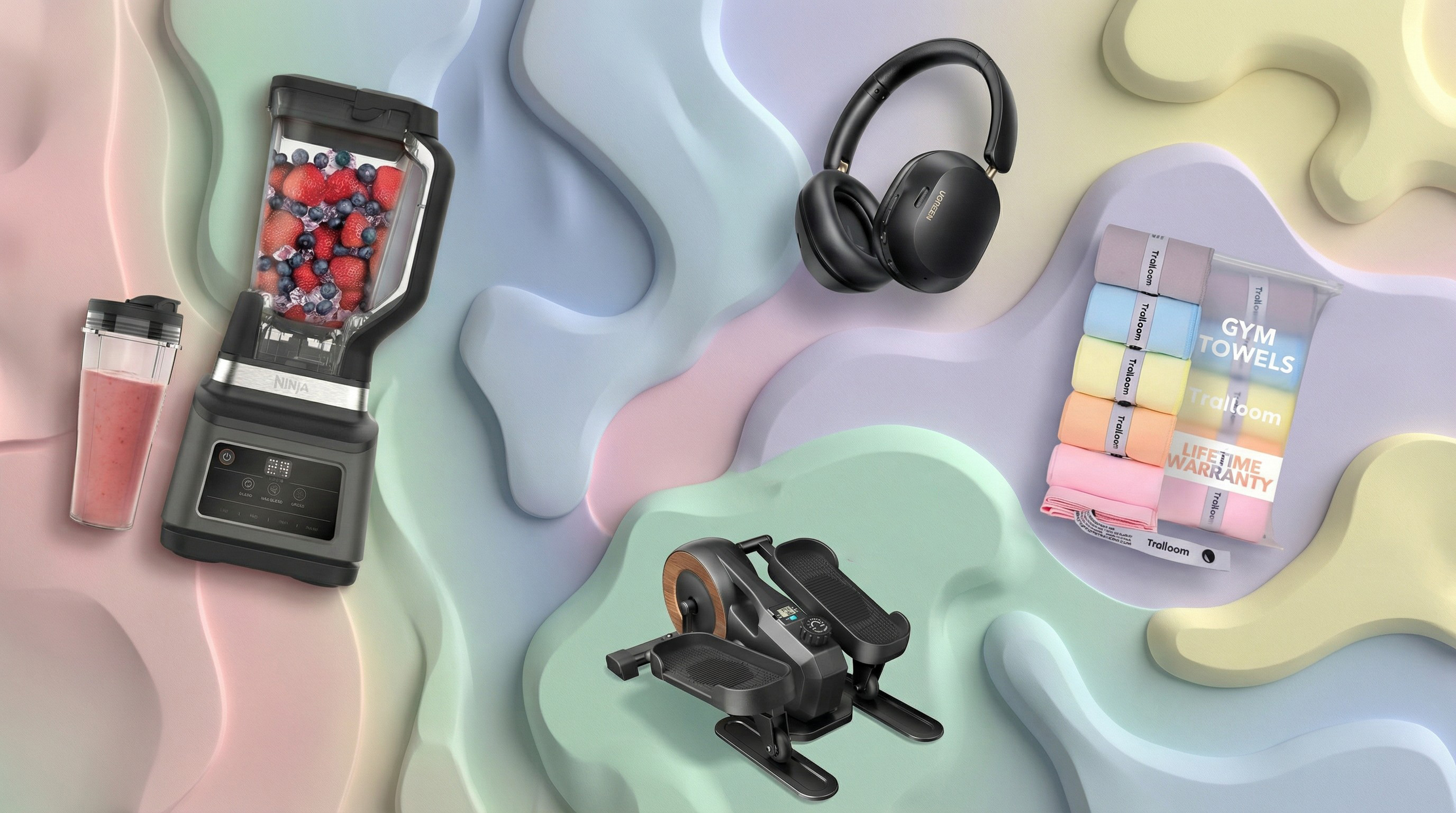How to be a better game designer in 7 steps
Top British games designer shares seven sure-fire rules for hooking your target audience.
Designing fun for other people is a tricky business, particularly when it comes to games. Game-playing might be hardwired into our subconscious, but understanding what makes something fun – and ensuring it appeals to different types of people – is a hard-won skill that requires practice.
Tom Platten-Higgins recenty went freelance after four years as a senior developer at Plymouth-based games studio Mutant Labs, which designs and builds mobile, cross-platform and browser games for players all over the world.
If there's one thing he's learned over his career, it's that a quintessential understanding of what makes something fun is the epitome of excellent game design.
"There's no such thing as good, old-fashioned fun," he told the audience at Brighton-based creativity conference Reasons to be Creative 2015, "because everyone's different. We have to consider the individual tastebuds of our audience."
Fortunately, he says, fun can in fact be forced. How? Follow Platten-Higgins' seven best-practice tips for designing better games and you'll be on the right path…
01. Make it fun first

The most successful games appeal to a wide audience. Introducing different "flavours of fun" enables you to expand your target audience and increase your chances in the games market – but don't neglect the core mechanic of your title.
"If the core mechanic is fun, then you can build more fun," explained Platten-Higgins. "You need to respect the core of your game when introducing additional seeds."
Daily design news, reviews, how-tos and more, as picked by the editors.
02. All sub-mechanics must be complementary

It's all very well building sub-mechanics on top of a solid core mechanic, but additonal layers of fun need to be complementary with the core for your game to be successful.
For example, said Platten-Higgins, adding a time trial mode makes players have to work for something, which boosts self-esteem while adding a competitive layer. That's fun. But if your sub-mechanics don't work in harmony with the core of your game, they'll undermine it.
03. Never compensate for a bad core
"Don't overcompensate for a bad core with more layers of complexity," he warned. You'll just confuse your audience. There really is no substitute for a solid core, he reiterated.
04. Build towards a well-defined goal

"Without a specific win criteria, the game isn't a game. It's an activity," Platten-Higgins pointed out, adding that while activities can be fun, they normally aren't games. Make sure the goal of your game is clear.
05. Present an opportunity for failure
The reason why it's good to have well-defined rules, he continued, is that players enjoy failing. "When you finally win, it feels good. It's really fun to lose a thousand times and then win."
06. Nail the difficulty curve
In the casual market, players aren't patient. "People don't work at games like they used to," he said. "There are too many free options."
If your game is too difficult or too easy – "if it isn't instantly fun" – people will delete it, as Mutant Labs learned during the first iteration of Half-Inch Heist, which took a "hardcore" turn during development.
07. Rules are made to be broken
If you've designed something that you think could be fun, but isn't quite there yet, experiment with it. The first iteration might not have a clear win criteria, but if an aspect of the idea has potential, stick with it.
As Platten-Higgins pointed out: "Experimenting with something that you feel gives you an element of fun can lead to good things."
Reasons to be Creative is an annual three-day conference for designers, coders and artists in Brighton, UK. This year's speakers include Evan Roth, Yuko Shimizu, Noma Bar and Dominic Wilcox - and we're reporting from the event all week.
Liked this? Try these...
- 6 tips for creating powerful data visualisations
- How Hey Studio seduced the likes of Apple with bold geometric shapes
- Download the best free fonts

Julia is editor-in-chief, retail at Future Ltd, where she works in e-commerce across a number of consumer lifestyle brands. A former editor of design website Creative Bloq, she’s also worked on a variety of print titles, and was part of the team that launched consumer tech website TechRadar. She's been writing about art, design and technology for over 15 years.
